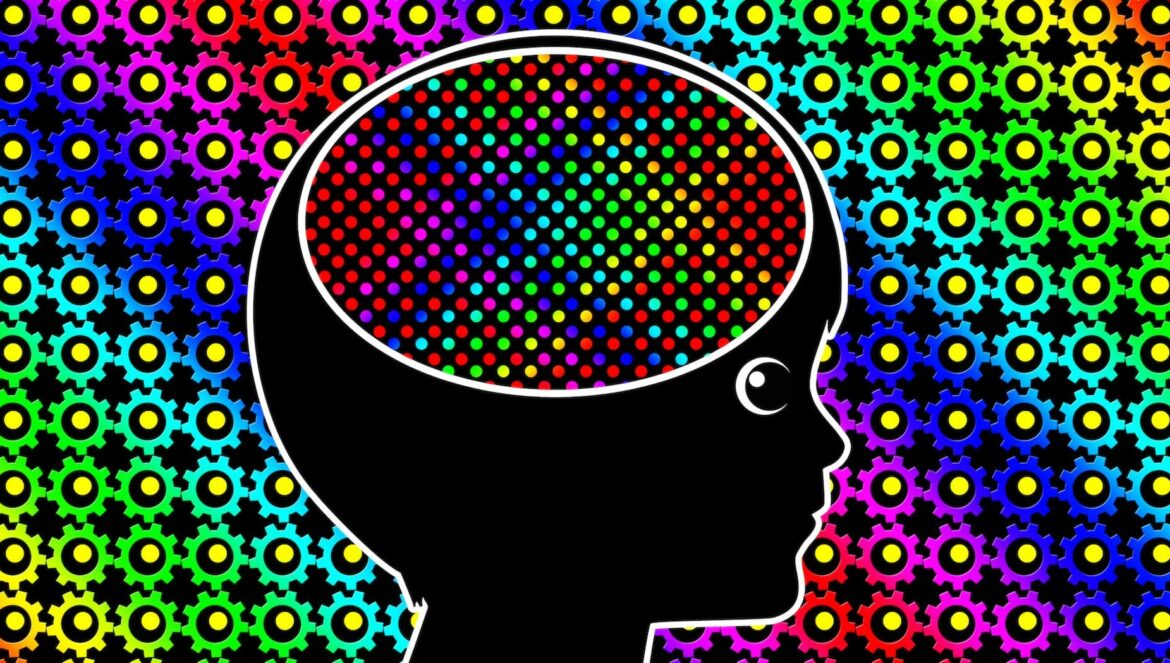Table of Contents
During the late 1600s, several physicists were working on understanding and defining motion and forces. The concept of universal gravitation had not arisen yet – smaller bodies falling toward Earth were considered to be under the influence of a different kind of force compared to the interaction between planetary bodies.
Newton who had been experimenting with motion initially hypothesized that two bodies of different mass attached to a pendulum would have a different number of oscillations in the same time period. But when he actually ran the experiment with different materials like gold, lead or glass he
always got the same number of oscillations.
That’s when it hit him that this situation is similar to how planets revolve around the sun.
As Westfall writes, “Then he realized that an analogous experiment was being carried out constantly in the heavens. If the planets obey Kepler’s third law, the sun must attract them in exact proportion to their quantities of matter.” Discovering this analogical connection eventually paved the way for the theory of universal gravitation.
Scientific Discovery
Analogical reasoning is at the root of many scientific discoveries. For instance, early geneticists compared genes to beads on a string which helped them understand how traits are passed along. While this simple analogy couldn’t explain everything, it did suggest possible mechanisms for inherited traits.
Making analogies is important not just in science, but is fundamental to cognition and creativity, and applicable in almost every field be it mathematics or literature. As scientists explain, “The recall of memories based on current impressions, the understanding of a new situation in terms of a familiar one, the creation of abstract concepts, or the ability to learn from quite restricted sets of examples are most likely based on analogy-making. Especially, analogical reasoning allows for the introduction of new ideas into a domain and thereby provides an explanation of human creativity.”
So what exactly does analogical reasoning involve?
Underlying analogical thinking are three mental processes –
- Retrieval (with a current topic in working memory, a person may be reminded of an analogous situation in long-term memory)
- Mapping (aligning the two situations on the relational structure and projecting inferences)
- Evaluation (judging the analogy and inferences)
Viewed from this lens, analogies can be thought of as extended metaphors. A key part of analogies is to create deeper structural alignment between two concepts so that meaningful predictions can be made after the mapping phase.
Analogical Reasoning & Literature
While rudimentary analogical thinking develops as early as 3 years of age, research shows that elementary students need more structured guidance in making relational comparisons. One approach to help students develop this ability comes from a writing technique that Leo Tolstoy accidentally hit upon.
In the early 1860s, when Tolstoy was teaching writing to children of Russian peasants, he decided to bring more creativity into the exercise. He asked his students to write a story on the proverb, “He eats with your spoon and then puts your eyes out with the handle.”
After some initial hesitation, his students approached the challenge with unexpected enthusiasm and produced a much better composition than the one Tolstoy had himself written. Tolstoy commented on the quality of his students’ work in an article with, “Every unprejudiced man with any feeling for art and nationality, on reading this first page written by me, and the following pages of the story written by the scholars themselves, will distinguish this page from all the others, like a fly in milk, it is so artificial, so false, and written in such a wretched style.”
Tapping into motivations
While Tolstoy was simply trying to motivate his students to write with more vigor and authenticity, he accidentally introduced his students to analogical reasoning. To do this exercise, his students had to first abstract the meaning of the proverb, or find the relational structure of the proverb, and then construct a story around it in a way that the relational mapping is maintained.
So for your next writing assignment for students, consider using Tolstoy’s technique to spice things up. Not only will it lead to more creative ideas, it will also strengthen the underlying cognitive skill of analogical reasoning!
.Further Reading
- edCircuit – Articles by Dr. Pronita Mehrotra
- Scholastic – Abstract Thinking Skills in Kindergarten
- Nat’l Assoc for Gifted Children – Developing creative thinking skills through art



